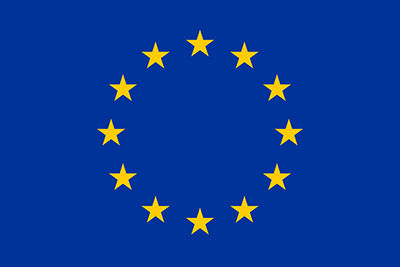| During June and July, 2020 the 5th Ephorate of antiquities of the Dodecanese, participated in a series of important actions for the HYPERION program progress.
From the 15th to the 24th of June 2020, the research group from the Laboratory of Photogrammetry of the National Technical University of Athens arrived in Rhodes, under Professor Andreas Georgopoulos, to create a three-dimensional geometric imprint of the monuments which are registered for the ΗΥPERION program. The two medieval monuments, proposed by the Municipality of Rhodes, the fortress of Agios Nikolaos and the Tower of Naillac, as well as the monuments proposed by EFAD, the Roman bridge and the two Hellenistic burial complexes at the Archaeological Site of Rodini were imprinted. EFAD actively participated in the surveys, with its surveyor Fanourios Roditis, who imprinted the fortress of Agios Nikolaos with the terrestrial laser scanner system provided by the Ephorate. The imprints, in addition to being necessary for the implementation of the goals of the program, were also valuable for the archaeological documentation of some of the monuments, as for the Roman bridge there was no geometric imprint until now, while the burial precincts in the archeological site of Rodini have never been imprinted before. In order to prepare the imprint, EFAD carried out all the required bureaucratic procedures, such as approval for the flight of the drone, information on the flight, issuance of a decision of cessation of traffic over the Roman bridge from Rhodes Traffic control etc. For imprinting the monuments, it was also necessary to clean up the area from the vegetation, which was also undertaken entirely by EFAD. The fortress of Agios Nikolaos, the tower of Naillac and the burial complexes in Rodini were cleaned up by workers of the Ephorate. The crane vehicle of the Ephorate was used to clean the upper parts of the walls in the fortress of Agios Nikolaos. Large-scale clean-ups were carried out on the Roman bridge, inside the bed of the Rodini torrent, where the vegetation was dense and had hidden the sides of the bridge. The cleaning, done by contracting company, lasted about 12 days. A digging machine was used in the area west of the bridge, where there was access to wheeled vehicles. On the east side of the bridge, where it was impossible for a vehicle to approach, the grass was removed manually, as well as a lot of garbage, and they were transported out of the riverbed, by a contractor’s workshop. The Municipality of Rhodes also assisted in the collection of the waste material. |




